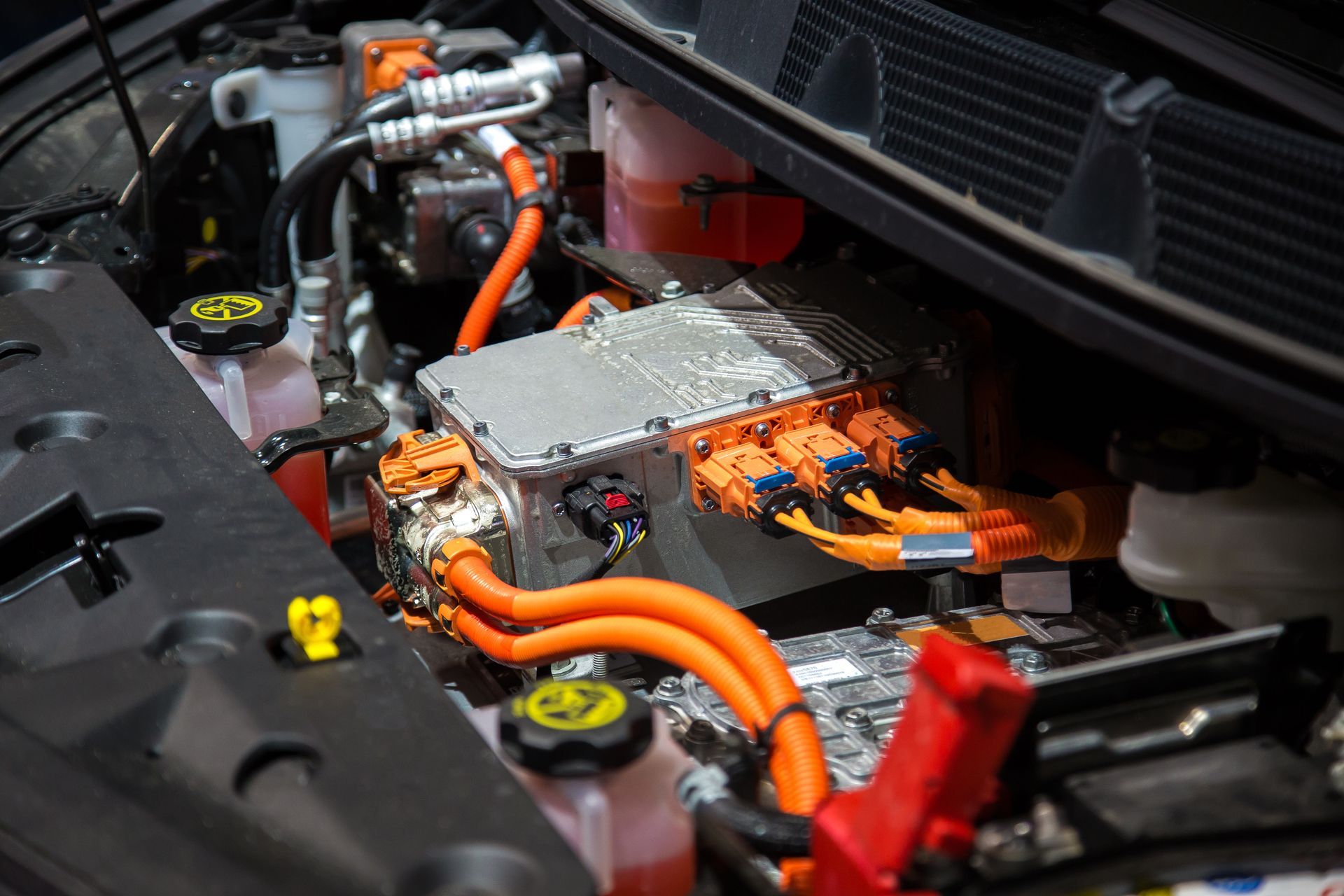How Electric and Hybrid Vehicles Change Collision Repair
Modern electric and hybrid cars need more than a body fix—they demand special care. Discover how VICE handles their unique repair challenges.
The new world of electric and hybrid vehicles is changing everything—from insurance to repair shops. After a crash, these cars bring extra steps, costs, and skills. At VICE, we support both drivers and attorneys through these changes. Here’s what makes EVs and hybrids different, and how our services stay ahead.
What’s Different About Electric & Hybrid Vehicles?
Electric vehicles (EVs) and hybrids have special features that set them apart from traditional cars:
- High-voltage battery packs and electric motors.
- Lightweight construction materials like aluminum or carbon fiber to offset battery weight.
- Advanced driver assistance systems (ADAS) and complex wiring throughout the vehicle.
These features mean repair shops must have special tools, training, and processes—qualities that not all collision centers offer.
Repairs Cost More and Take Longer
Because EVs and hybrids use advanced tech, the costs and repair times tend to be higher:
- EV claims cost more on average than traditional vehicles.
- Repairs require special training, parts, and safety protocols—delaying the process.
For attorneys, that means property damage assessments will need to account for longer timelines and higher repair expenses. For clients, it means knowing your shop has the right capabilities before you commit.

Safety First: Handling High-Voltage Systems
Working on electric and hybrid vehicles isn’t just another body repair—it affects safety:
- Technicians must disable or safely manage battery packs and high-voltage systems before work begins.
- Improper handling can lead to battery damage, fire risk, or compromised safety systems.
At VICE, we ensure repair partners follow OEM protocols and have trained staff certified for high-voltage systems. That protects you and supports your legal case.
Material and Structural Challenges
Because many EVs use exotic materials and use different construction methods:
- Aluminum, carbon fiber, and mixed-material frames require different repair techniques.
- Sensor and wiring harnesses for electric systems are often hidden and can be damaged in even minor collisions.
Your repair shop must understand these materials and follow strict guidelines. Otherwise, your car’s safety, integrity, and value may be at risk.
How VICE Supports EV & Hybrid Collision Repairs
When you work with VICE, you gain a partner who understands these complexities:
- We vet collision shops that have EV/hybrid certification and equipment.
- We handle insurance negotiations with full knowledge of EV/hybrid cost structures.
- We keep attorneys updated with full documentation, making property damage and injury claims easier.
- We ensure your vehicle is returned to OEM-oriented specifications, maintaining safety and value.

Electric and hybrid vehicles are here to stay—and so are their repair demands. From high-voltage systems to exotic materials, these vehicles require specialized care. Choosing a repair partner that understands those differences matters more than ever.
At Valley Insurance Collision Experts (VICE), we guide both attorneys and vehicle owners through each step of the process, ensuring your EV or hybrid is restored correctly, safely, and with full transparency.


